Difficulties With Disposing Of Abandoned Vehicles
A victim of icy conditions and inattentive driving, it was clear that the owner of the wrecked Lexus wasn’t coming back for his car.
What once was a luxurious means of travel and a joy to its owner now sat abandoned in our yard, wasting away.
One of the first things you learn after you understand how to get on police rotation is that you are required by law to notify anyone with an interest in an abandoned vehicle of your intentions to dispose of it. As per the requirements, notifications of the forgotten car were mailed early-on…but yielded no fruit. So, with the hopes of getting a clear title, I sent the same notices out once again.
Miraculously, one notice produced a response.
It was an angry caller complaining, “We sold that car two years ago.”
It was the previous owner, and she wasn’t happy.
After I explained why she was receiving the formal notification, which included the dollar amount owed on the vehicle and what would happen if no action was taken, she relaxed and promised to make a call to the new owner.
A few hours later, I received a call from Ben, the responsible party. I’d spoken with him a few times before, explained his options, and got promises…but nothing happened. This time was different, though. The previous owner must have laid down the law because Ben now assured me that the title would be in the mail that day.
To the possibilities that lie ahead.
The Lexus had a steering problem and some light body damage, and upon further digging into it, the reality of fixing it for resale looked brighter.
So, we pulled it into the shop and yanked off the wheel, and found that the strut and the tie-rod needed to be replaced.
We called a couple of junk dealers for the parts…The total to get it road-worthy- minus a mirror and an alignment- came to $150. We ordered the parts and tore into it, figuring we’d have it done that day.
But there was a snag.
There’s always a snag.
While removing the damaged tie-rod, we noticed that the rack-and-pinion bar, “the rack,” was bent as well.
But there was no turning back now.
The Cost of Disposing of Abandoned Vehicles
Already fully invested in the project, we forged ahead and ordered what we needed, bringing the parts total to $300.
We were still doing ok.
With 140,000 miles on it, minor body damage, and a clear, non-salvage title, the finished product should bring $1500 cash.
Much better than crushing it.
The Lexus sat waiting for its part to arrive, and I’d all but forgotten about the car until Carol walked in the door.
Carol was a friendly, well-spoken middle-aged woman who was looking to talk with me about a car we had. A friend of her son owned it.
It took me only about 2 minutes to get that; the person she was talking about was Ben, and the car was the one, in pieces, sitting in the middle of my shop.
My heart started to beat a little faster.
I knew I’d done nothing wrong; we were operating well within the law- enough days had passed, and I could either sell the car for scrap or apply for and receive a salvage title. In short- the car was already mine.
But she didn’t know that, and, through past experience, I figured it would be extremely hard for her to put aside the emotion that usually surrounds these difficult situations and understand my side of the story.
So, I settled myself for a fight.
Carol told me that, due to a run of bad luck, Ben was now living in her house and that on her way to the post office the previous day, she’d noticed a letter addressed to my wrecker business. It was from Ben, and she called to question him about it.
Ben told her the deal, but she insisted on talking to me first before the title went out.
To say that I wasn’t annoyed at her interjection into the matter would be a lie.
But I didn’t toss her out of my office.
Instead, I proceeded to explain exactly what had happened, the entire timeline from the accident 60 days prior, the repeated notifications, and the phone calls.
I explained that we needed to be compensated for our services and that Ben had been given ample time to do this. I explained the reason the laws were put in place, so as to enable towing companies to continue to provide services.
I laid out a pretty good case, but her impression of me and my business still hadn’t changed. Before she even walked in my door, she’d convinced herself that I’d taken advantage of Ben’s misfortune, and she was determined to shame me into relinquishing the car to her without reimbursement.
Explaining The Abandanded Vehicle Disposal Process
I proceeded to explain that Ben’s misfortune was in no way as a result of the services my company provided.
I continued by offering reasoning that revealed how the exact opposite type of relationship was in place. That, due to his actions, his misfortune, we were called upon to provide services, services for which just compensation was due. And since he hadn’t held up his end of the bargain, we were forced to take action to remedy the problem.
I don’t think she comprehended how Ben’s actions had negatively impacted my company because she retold the same story about his bad luck.
So, I took her out to the shop and let her see what we were doing. She witnessed my devious plan to fix it and sell the Lexus for a profit. She learned about our misfortune, the added difficulty, and the cost of the unforeseen rack-and-pinion repairs.
After providing a detailed account of everything that transpired since Ben’s unfortunate accident and getting nowhere with Carol, I finally decided to make her an offer she couldn’t refuse.
I offered to give Ben back his car if she agreed to pay part of what was owed: The towing fee, ½ the storage, and the money for the parts- minus the labor.
A very generous offer, indeed.
But she declined. She said she didn’t have any money and was hoping that I’d give him the car and accept monthly payments, this after admitting he didn’t even have a job.
I politely declined, and she left.
I was under no obligation to speak to Carol about someone else’s property, I could have asked her to leave right off the bat, but out of respect, I listened to what she had to say, and I learned quite a bit from the interaction.
In essence, Carol believed that coddling young Ben and enabling his bad behavior was in his best interest. By keeping him from experiencing the consequences of his actions, she’d hoped to reduce the negative impact to his self-esteem.
And, while my motivation for not giving in to her requests had nothing to do with Ben’s behavior or self-esteem, I do believe that I would have done that young man a grave disservice if I hadn’t held my ground.
I learned a long time ago that you learn much more from your losses and discomfort than you learn from your wins. And this day, I got a refresher course on that lesson with Carol.

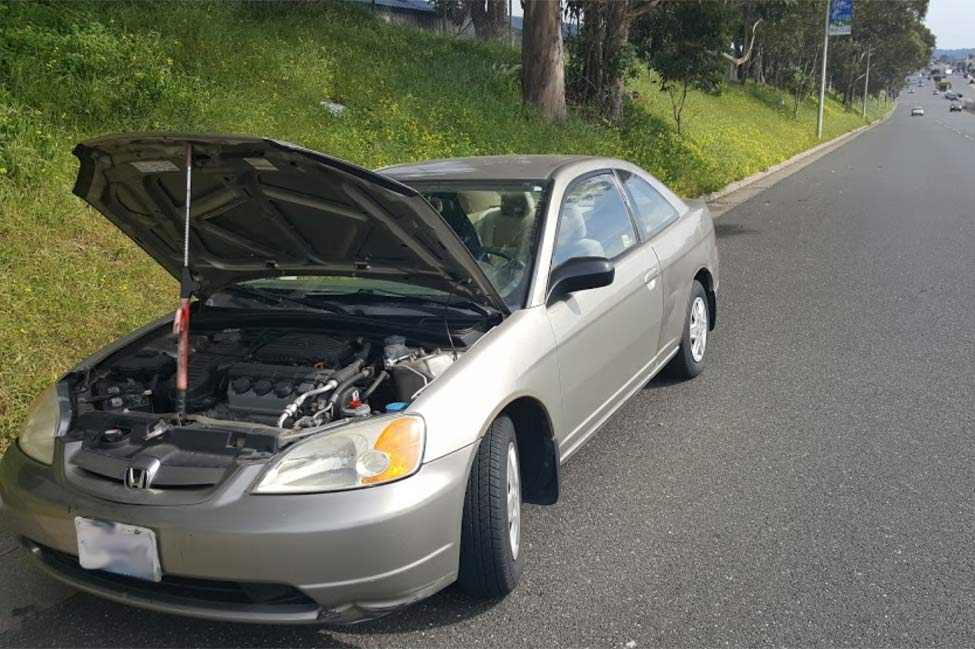
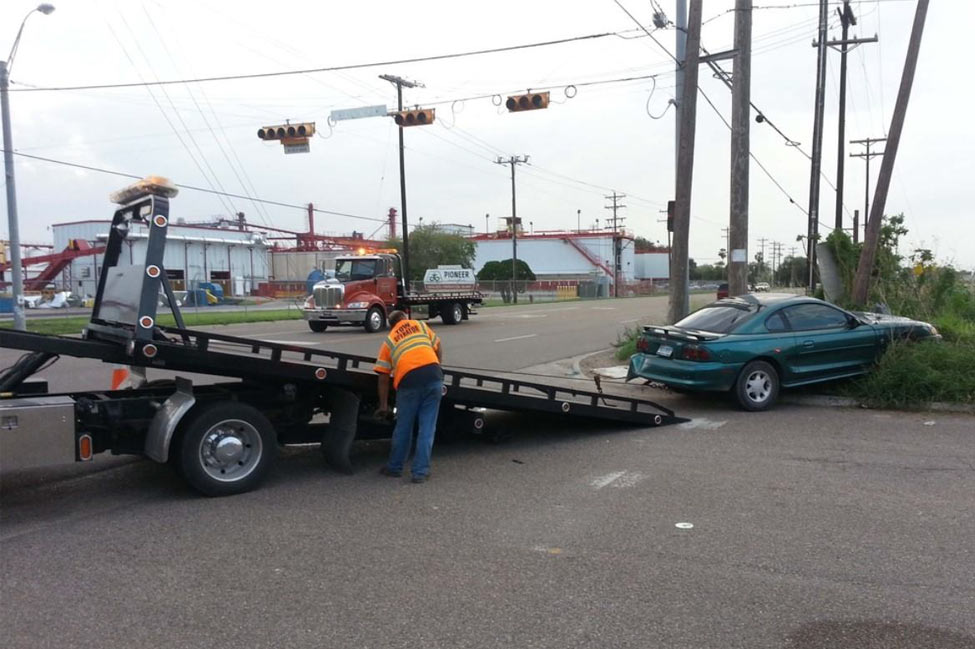
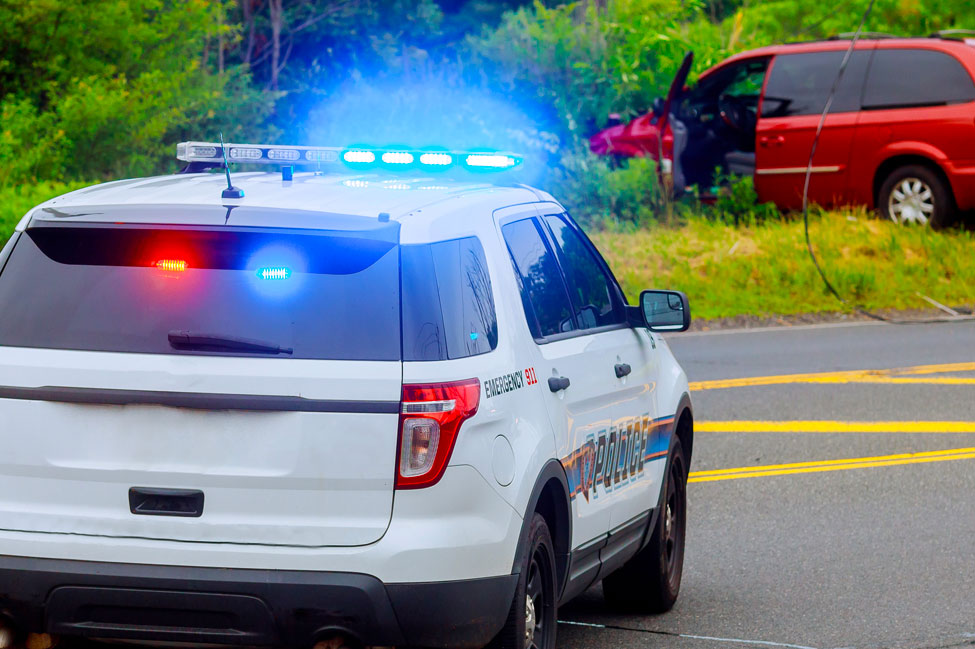
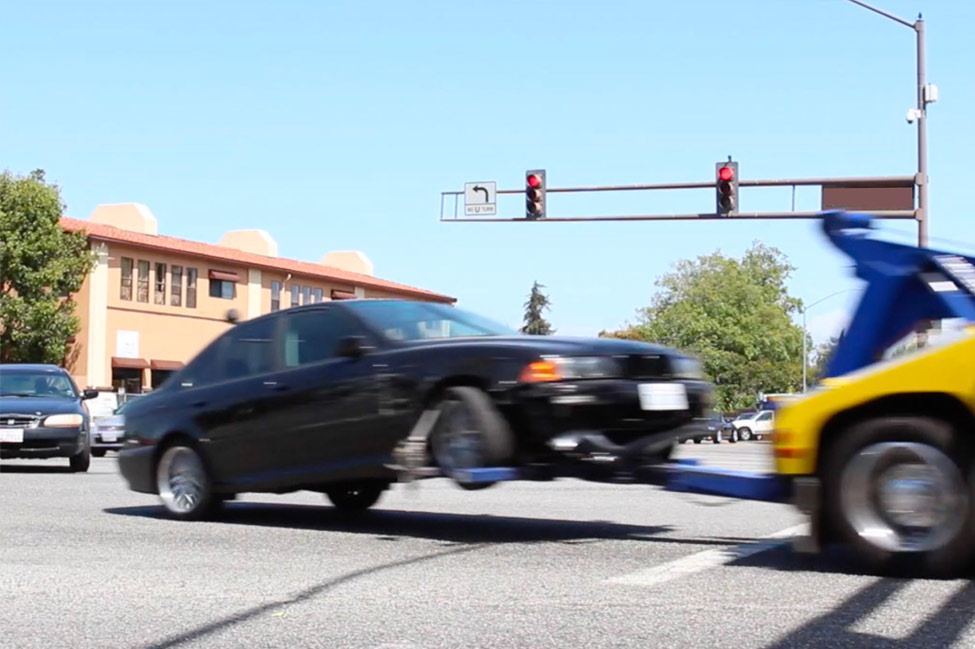
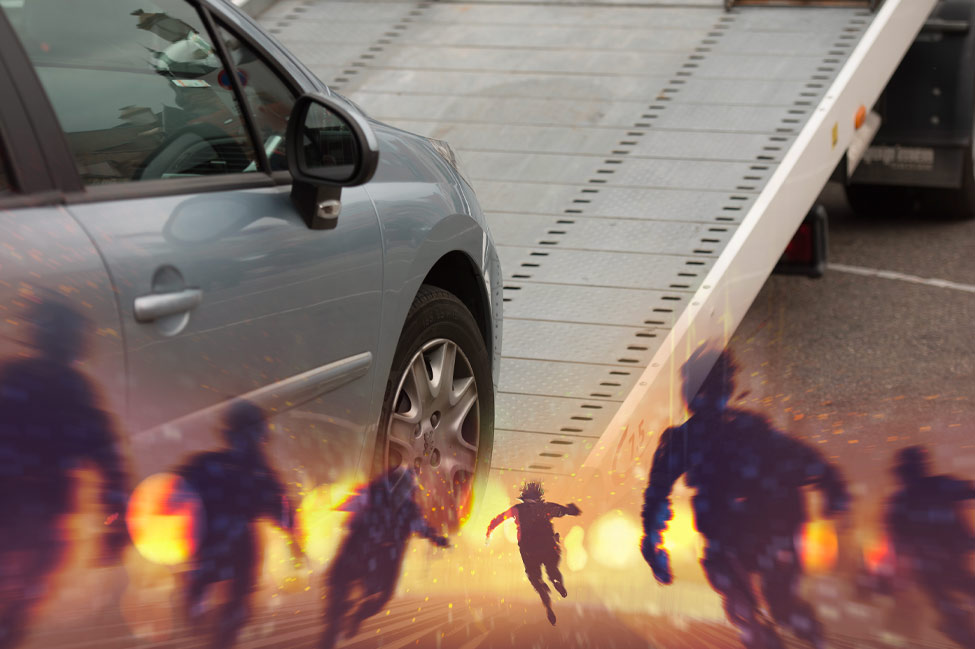
Leave A Comment